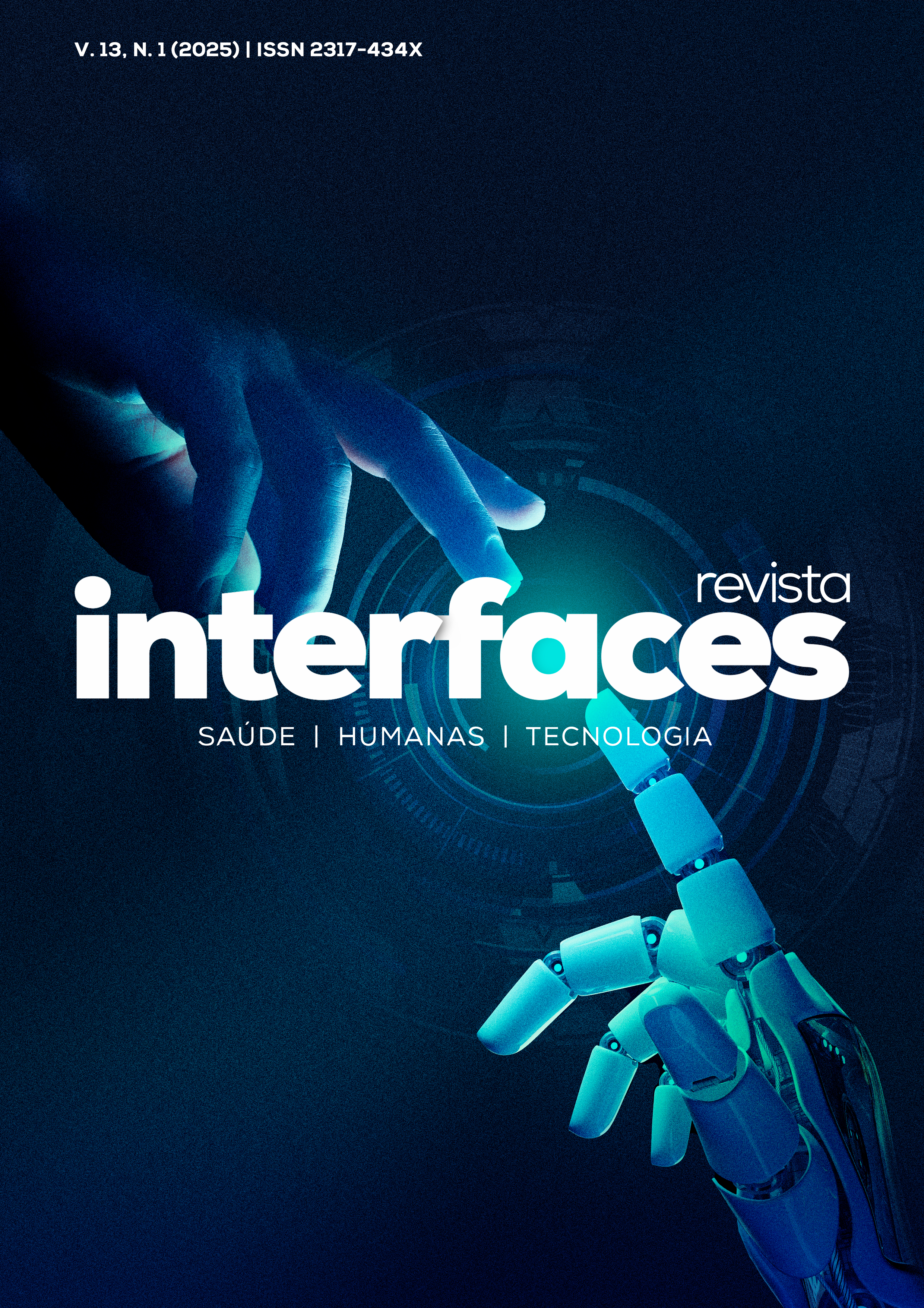PREDICTION OF FETAL ACIDEMIA (UMBILICAL ARTERY PH < 7.1) IN SINGLETON PREGNANCY USING MACHINE LEARNING
DOI:
https://doi.org/10.16891/2317-434X.v13.e5.a2025.id2227Palavras-chave:
fetal acidemia, umbilical artery pH, artificial intelligenceResumo
Fetal acidemia, defined as an umbilical artery pH below 7.1, is a leading cause of intrapartum asphyxia, affecting both delivery outcomes and child development. Identifying non-invasive methods to predict fetal acidemia is crucial for improving decision-making during childbirth. This study aimed to compare various machine learning models in predicting fetal acidemia at a university hospital in southern Brazil. Data were collected from 567 patients with single pregnancies who delivered at the Hospital Geral de Caxias do Sul between 2011 and 2016. Several machine learning algorithms were developed using Python, including Extra Trees Classifier, Random Forest Classifier, Support Vector Machine, Nonlinear Support Vector Machine with RBF Kernel, Artificial Neural Networks, Gradient Boosting Machine, and Logistic Regression. The GridSearchCV function was employed to optimize model parameters.
The study population was divided into two groups: Group I (397 newborns with an umbilical artery pH > 7.1) and Group II (170 newborns with an umbilical artery pH < 7.1). Significant differences were observed between the groups in variables such as parity, previous stillbirth, gestational age, diabetes, fetal presentation, type of delivery, and Apgar scores. Among the models, Artificial Neural Networks achieved the highest AUROC (0.82), followed closely by Logistic Regression (0.81). Both models demonstrated excellent precision, recall, F1-score, and accuracy. However, Logistic Regression is recommended due to its lower computational demands. This study highlights the potential of machine learning models in providing a non-invasive method to predict fetal acidemia, aiding healthcare professionals in clinical decision-making.

